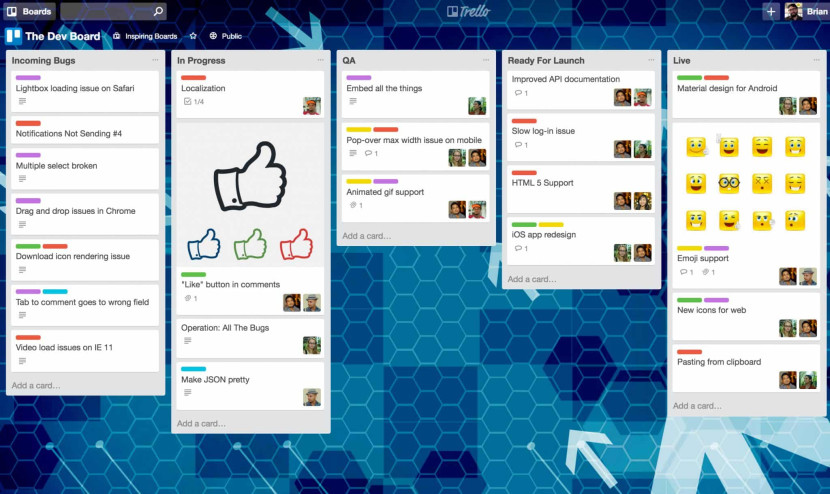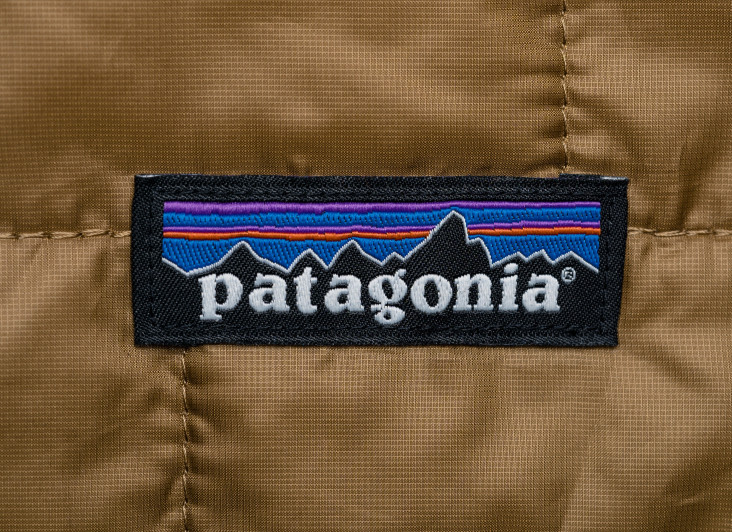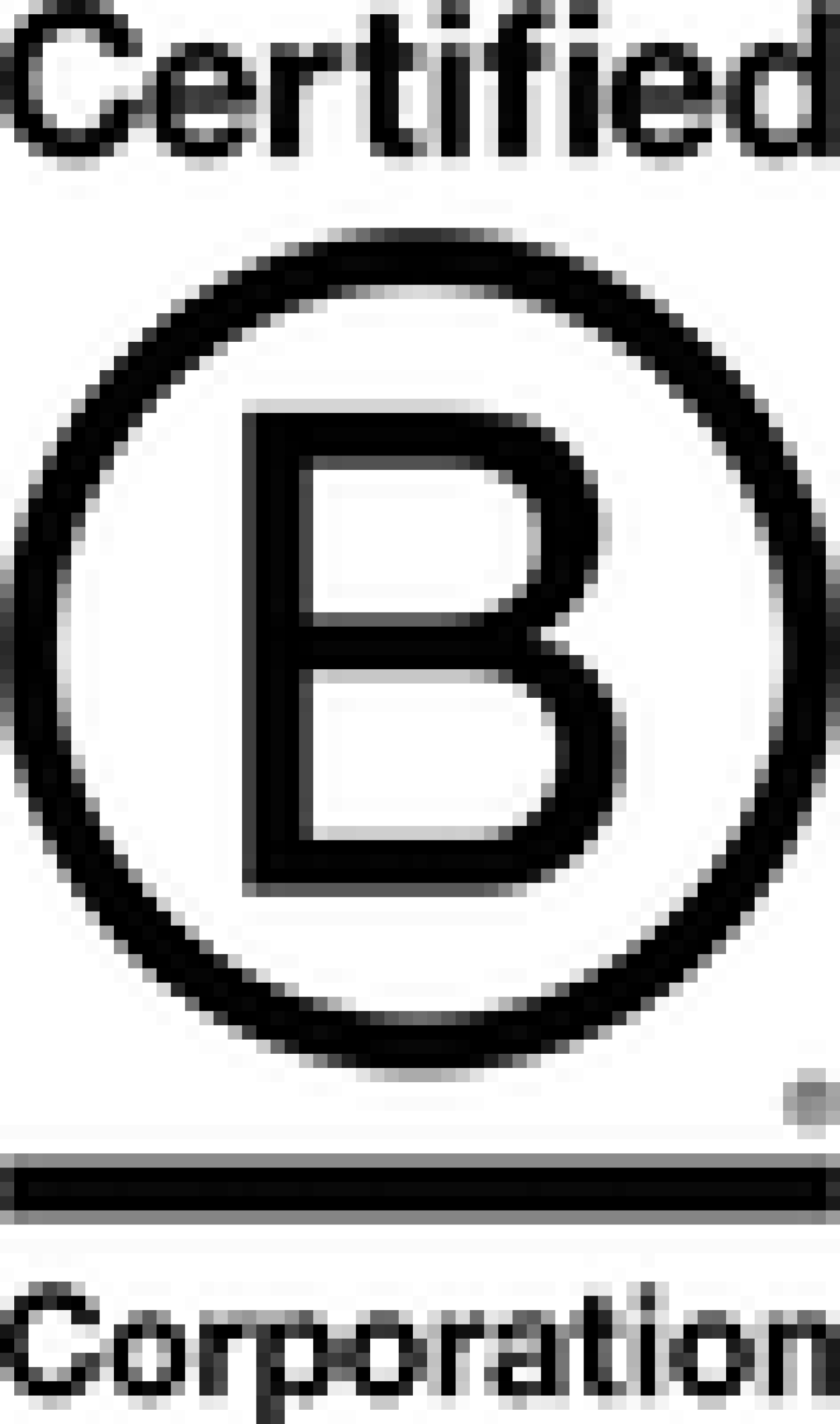Using Trello for project management when working remote

Season 3 of Inside The Studio kicked off this week with Pete and Dan discussing four applications that we are enjoying using as a team (particularly when working remotely). If you have not had a chance to watch episode one yet, be sure to catch up here.
One of the applications we talked about in this episode is Trello. As a studio, we have been using Trello since we started up (that’s a whole five years of Trello boards!). There have been many tweaks, changes and updates to Trello along the way, and we have consistently found it a useful application to use as a team.
Trello explained
If you are not already familiar with Trello, Trello is a visual collaboration tool that enables teams to organise projects into lists. You are able to create a Trello board for each project that you are working on, with a series of lists at the top of the board, each containing cards, which can represent tasks or information. If you have ever heard of a Kaban board, it’s a similar concept.
Within each card, you can add a range of information – date due, a checklist, text description, link, attachments (like documents, images or assets) and more. These cards can be categorised, assigned to people, colour co-ordinated and tagged. Cards can then be dragged and dropped from one list to another when the status has changed.
Project management
From a project management perspective, Trello is great for giving an overview of the status of a project. If you use lists such as ‘to-do’, ‘doing’ and ‘done’ then it is very quick and easy to see how much of a project is outstanding and how many tasks have been completed as you read from left to right.

Task management
From a task management perspective, Trello is great at distributing tasks to members of your team. You can assign cards to particular people on your team so that everyone is clear who is responsible for what. You can also add deadlines to cards and attach documents and images so that everyone can access any important information or assets. Team can also comment or have conversations within cards. It allows collaboration between team members without them needing to be in the same place.
Visual, flexible, shareable
Trello is a visually-appealing and flexible application. Colour-code projects or cards, set board backgrounds, add checklists, categorise with labels, tag team members and customise your list titles in a way that works best for you and your team.
Great from a basic level to a deep level Trello can be used with a load of add-ons or power-ups to enhance your experience. Some popular power-ups include Calendar (view all of your cards by date) and Map (add locations to cards and view them all on a map).
Trello also integrates with many popular platforms such as Dropbox, Google Drive, Slack, Evernote, and many more. For example, the Slack integration allows you to get automatic Slack channel reminders when cards are due soon.
Going further with Trello
Taking Trello further than business usage or project management, Trello boards have been used by people across the globe for a wide range of purposes. Whether you are organising your day into to-do lists, making a meal plan for family dinners, organising your reading lists, planning holidays, budgeting, buying Christmas presents, or planning something big like a wedding or birthday party, Trello could be a great place to track a project’s progress.
One of the best things about Trello is that it is flexible enough for you to use it in any way you want. There are no rules. And different projects can look different to suit the needs of your client or team. The only guideline we would suggest is to have all of your team on the same page about how you, as a business, are going to use your boards.
Which tools are you currently using for project management? Have you tried Trello?
Get in touch, we’d love to hear from you.
More Articles

Unexpected Entrepreneur spotlight: Howard Schultz
Have you heard about Summit, our new community for Unexpected Entrepreneurs? Summit is the new home of inspiration for Unexpected Entrepreneurs looking to refine their idea or grow their businesses to the next level.

Unexpected Entrepreneurs - Patagonia founder
Yvon Chouinard is the founder of the well-known outdoor brand Patagonia. However, being the founder of a huge business is never something he set out to do - it was an unexpected venture.

The Missing Ps of Marketing Strategy
Growth. As founders we chase it, especially in the early days. Each month and quarter is defined by financial growth. No matter your product or service, saleability and growth is crucial.

